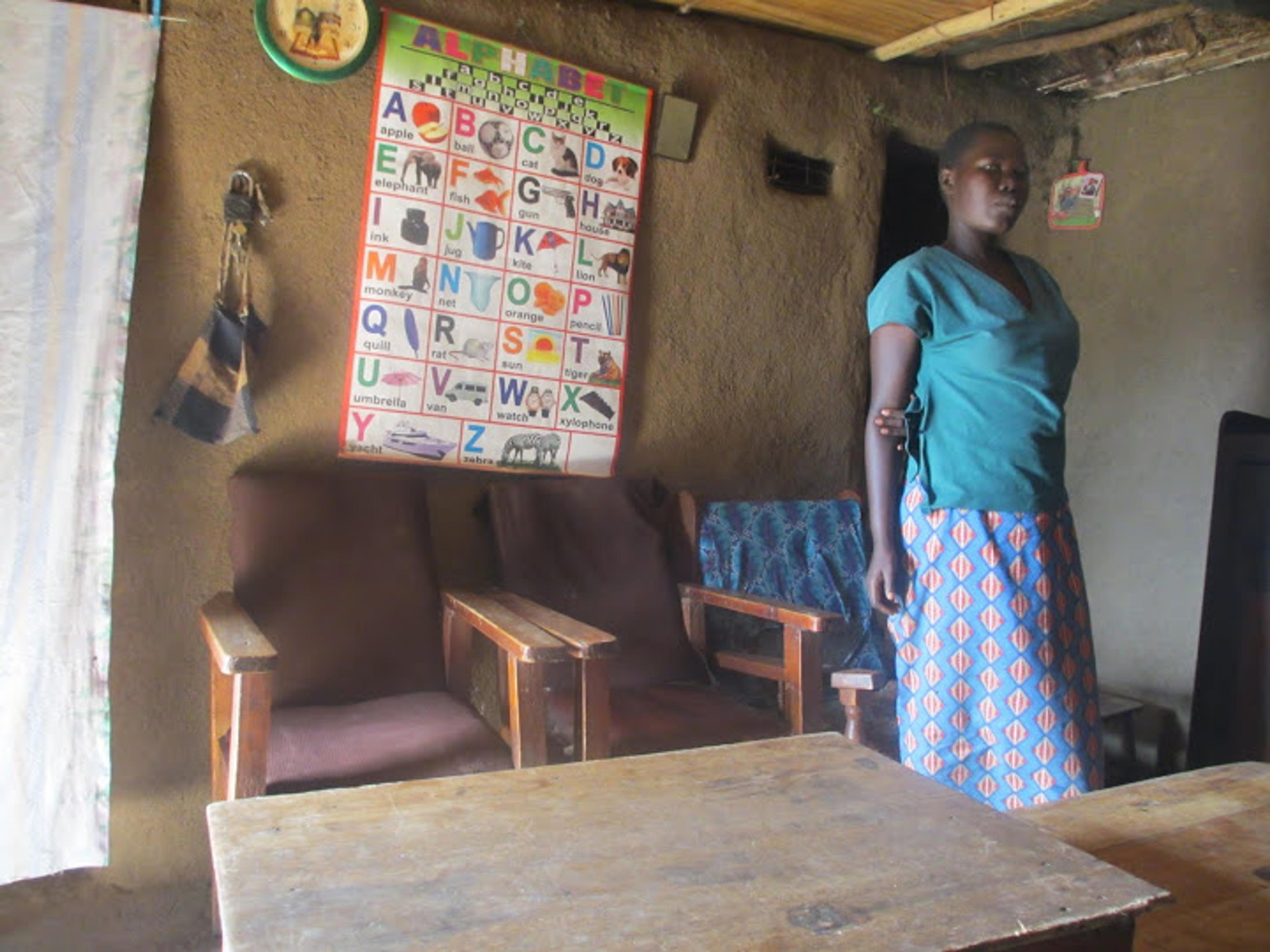In my previous post, I explained about the living habits of the extremely poor.
One might expect that an extremely poor person is working as hard as they can just to survive, putting every penny earned toward food. However, this actually isn’t the case -- across the thirteen countries studied, food only accounted for 56% to 78% of the budget.

So what do the poor spend money on instead? Surprisingly, spending on education is very low -- typically about 2% of budgets. This is mostly because governments provide free schooling. In every country sampled except Cote d’Ivoire, at least 50% of boys and girls aged 7 to 12 were in school. Unfortunately, there’s mounting evidence that the state funded schools aren’t that good.
A lot of spending varies region to region, but a typical extremely poor person spends about 4.1% to 8.1% of their budget on tobacco and alcohol. Furthermore, in every region except South America, around 10% of the budget was devoted to festivals, like weddings, funerals, or religious celebrations.
Why would the poor spend money on entertainment at the cost of more essential items? One possibility is that more food wouldn’t help, because they would just end up getting weak from contracting disease later on.
Another possibility is that entertainment is a strongly felt need that provides an escape from thinking about economic problems. Festivals and similar events also contribute to social bonds that are very important to everyone, but particularly those in poverty who live in riskier environments and more frequently require support from their connections to deal with financial or other difficulties.
What Does a Poor Person Own?

Even among the extremely poor, above 70% of households in South Africa and Peru owned a radio (though only 11% of the poor in Udaipur had a radio). Furthermore, while no one in Udaipur had a television, in Guatemala, nearly a quarter of households had a television and in Nicaragua almost half of the households did.
The poor generally don’t own many productive assets, but some do have some land. While only 1.4% of the poor in South Africa and 4% of the poor in Mexico own land, 65% of the poor in Guatemala, 85% of the poor in Panama, and 99% of the poor in Udaipur have land. Unfortunately, most of this land is dry scrubland that cannot be used for agriculture throughout most of the year. Furthermore, it’s not much land -- a typical household’s plot, if they have land at all, is about one hectare (100m x 100m or 2.4 acres), which is small for a farm.
Other goods that could be used for productivity are in short supply. In nearly all the areas surveyed, less than 14% of poor households owned a bicycle. Less than 1% of poor households had sewing machines, bullock cart, motorized cycle, or tractor. Houses are also pretty sparse. Banerjee and Duflo’s data showed that while most households had at least one bed or cot, only 10% had a chair or stool and only 5% had a table. However, GiveWell’s site visit of Give Directly’s targeted areas in Kenya showed that living rooms they saw typically had many chairs, tables, and couches and that most homes owned a bicycle, but few houses had radios or television.
A bycicle owned by an extremely poor person in Kenya.
The poor also tend to lack access to basic infrastructure, but it is highly variable. Access to water varies from a minimum of 0% in Udaipar to 36% in Guatemala. Electricity varies from 1.3% in Tanzania to 99% in Mexico. Access to toilets range from 0% in Udaipur to 100% in Nicaragua. Moreover, infrastructure doesn’t always appear together. While 97% of poor households in Indonesia have electricity, only 6% have tap water.
GiveWell anecdotally noted that of the fifteen households they visited, most homes had three rooms -- a sitting room, bedroom, and storage room -- varying in size from 10’x12’ to 12’x20’ each. Generally, the husband and wife would sleep in the bedroom and the children would often sleep in the storage room. Houses frequently would have a separate kitchen structure.
GiveWell also observed that people would hang old calendars (like from 2003) for decoration and used kerosene lamps for light because there was no electricity. They also heard that people walk about 5-20 minutes daily to obtain drinking water. Furthermore, they observed people owning about 1-2 cows and 4-5 chickens for livestock.
All pictures are from GiveWell’s site visit to Kenya for Give Directly.